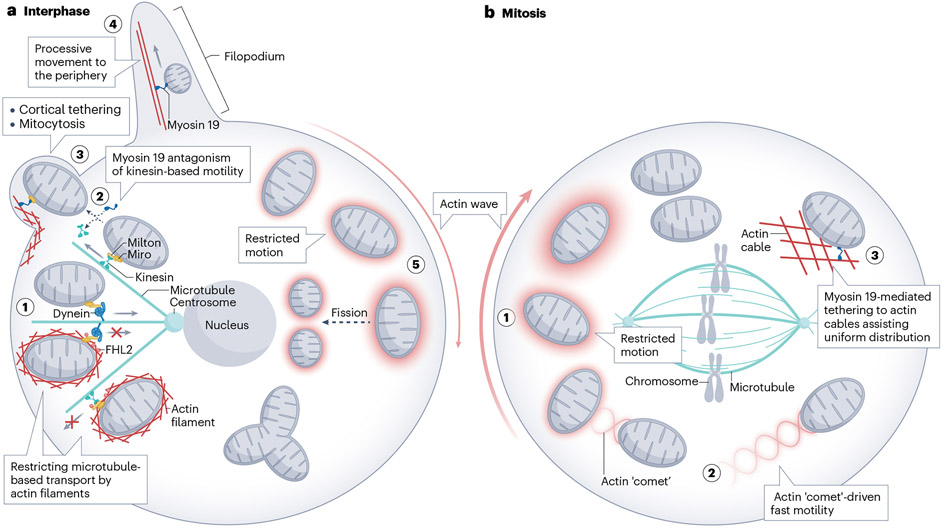Fig. 5 ∣. Actin and mitochondrial motility.
a, Interphase cell. Mitochondrial motility arrest by actin (1). Increased O-GlcNAcylation of the protein Milton (which together with Miro attaches mitochondria to microtubule-based motors) leads to actin polymerization around the translocating mitochondrion, resulting in motility arrest. In a separate mechanism, myosin 19 can arrest plus-end microtubule-mediated mitochondrial transport by competing with kinesin for binding to Miro (2) and attaching mitochondria to cortical actin (3). In some circumstances, cortically attached mitochondria can be expelled from cells via mitocytosis (3). In other situations, myosin 19 can also mediate mitochondrial motility towards filopodial tips (4). Given the narrow filopodial diameter (100–200 nm), it is unclear how mitochondria adapt for this transit. Actin clouds assemble around sub-sets of mitochondria (5), with the cloud moving between mitochondria in a uniform direction over time (here shown clockwise, although both directions are possible). The actin cloud does not enhance mitochondrial motility but does correspond to an increase in mitochondrial fission. b, Mitotic cell. The actin cloud shown in the interphase cell can transition to a mitotic actin cloud, which increases in speed of rotation around the cell. As with interphase clouds, the associated mitochondria are less motile (1). However, some clouds (13%) can transform into actin ‘comets’, which cause rapid (250 nm/s) translocation of the associated mitochondrion to randomize mitochondrial inheritance (2). As a separate event, a network of actin filaments assembles throughout the mitotic cytoplasm, outside of the spindle zone (3). This network allows myosin 19-mediated mitochondrial tethering to the network, facilitating appropriate mitochondrial distribution to daughter cells. FHL2, Four and a half LIM domains protein 2.

